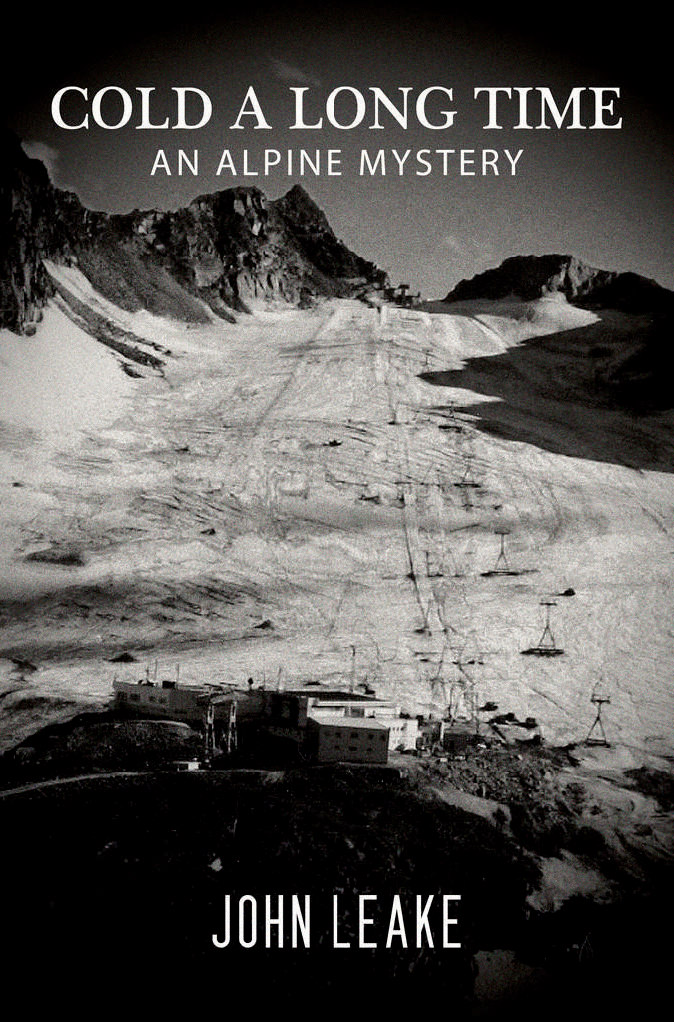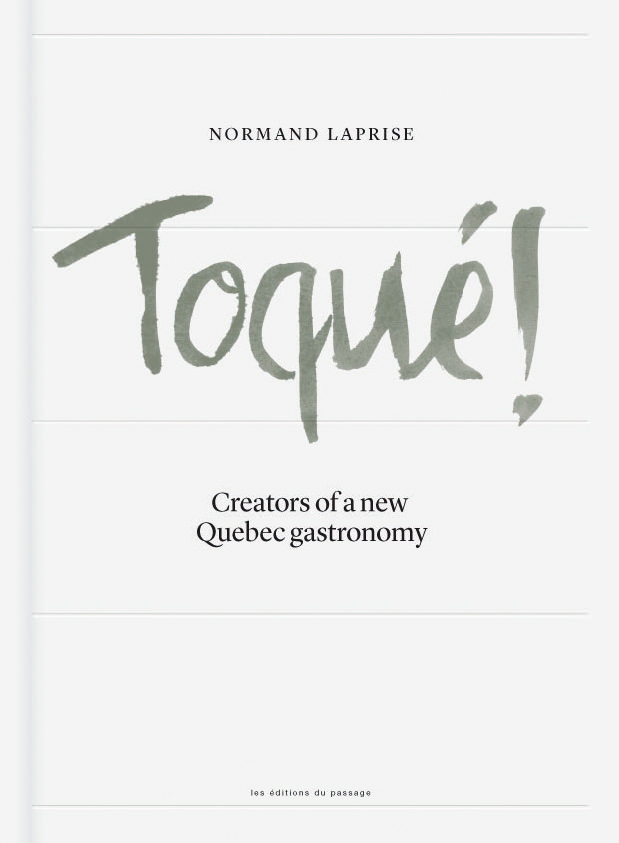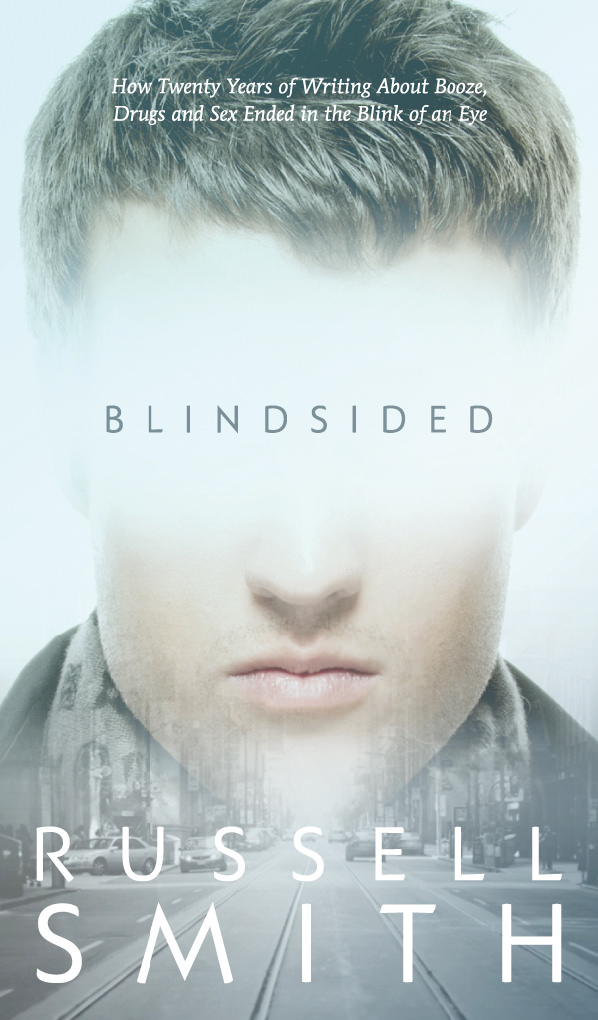-

Pigeon by Karen Solie.
-
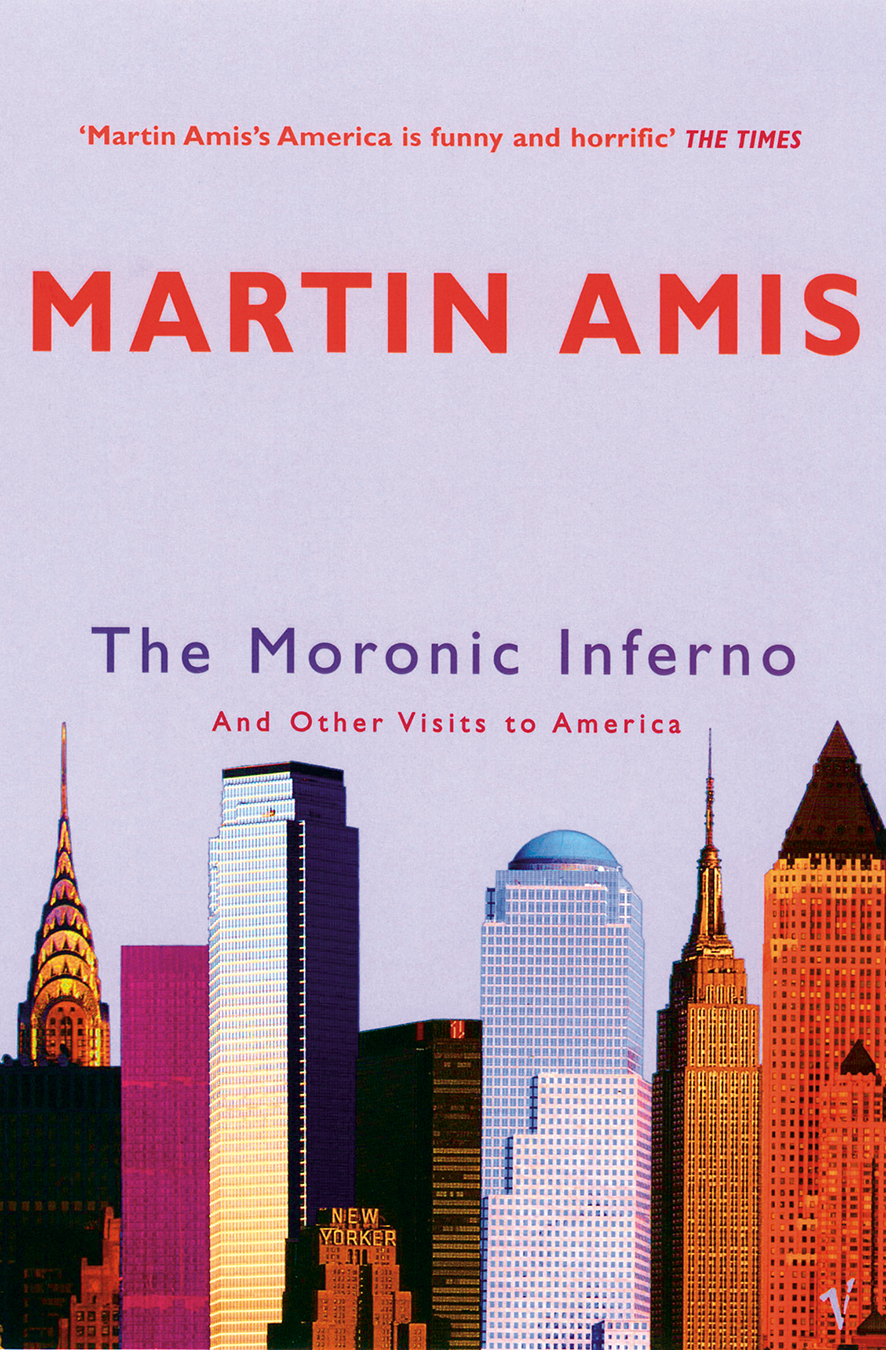
The Moronic Inferno and Other Visits to America by Martin Amis.
-
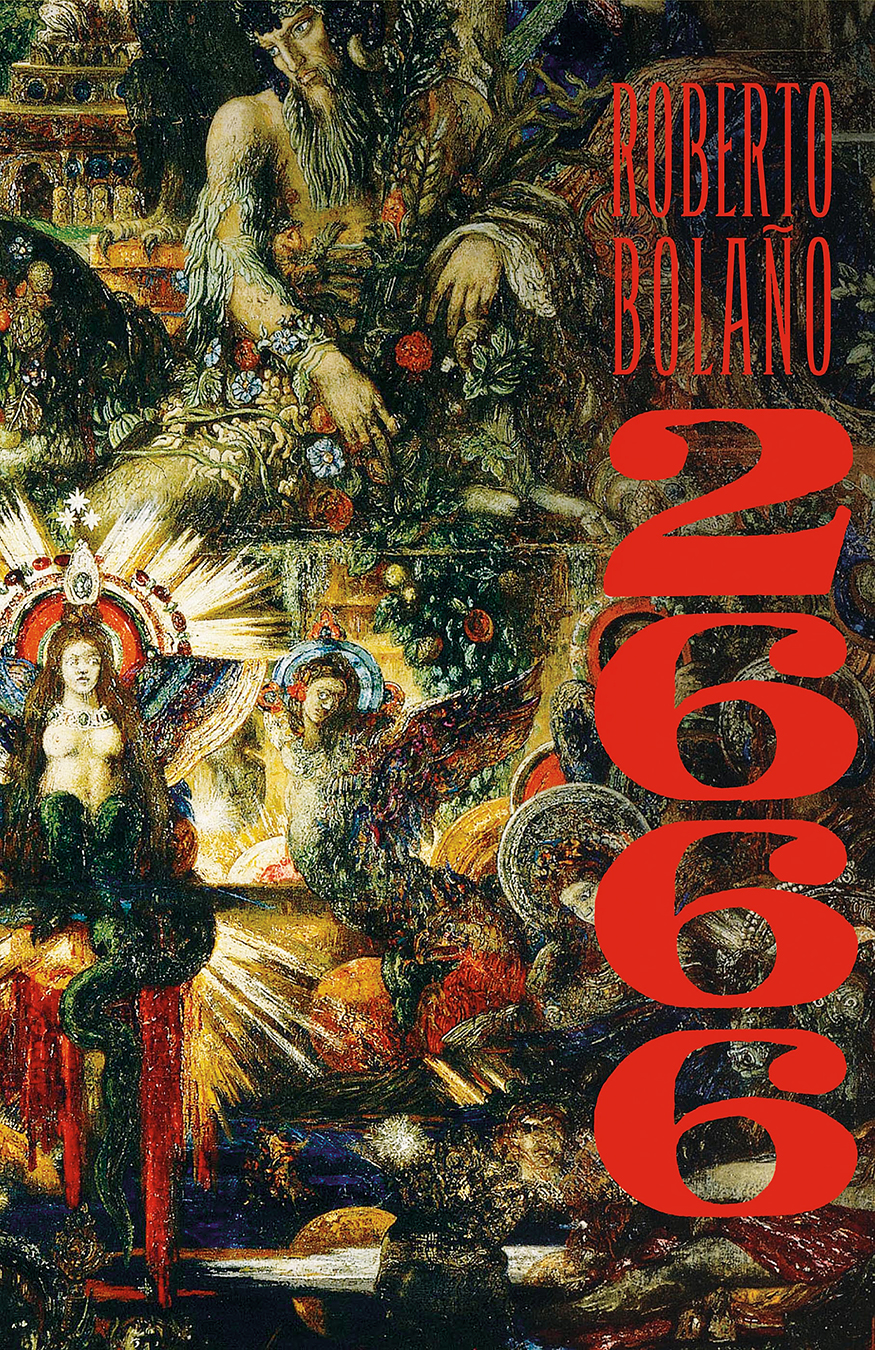
2666 by Roberto Bolaño.
Off the Shelf: Down a Rabbit Hole
Books By Solie, Amis, and Bolaño.
A good book is a forest full of rabbit holes (books without rabbit holes are for readers without imagination, readers as flat as an unread page). We wander in, get lost, take whatever path we discover, and just when the sun’s high and we think we’re going in the right direction and the firm ground will carry us, the floor disappears and we find ourselves in Peru. The Perus can be of character, story, thought, tone, language, and so on. It takes a thousand Perus, large and small, to make a good book.
Pigeon
In only two volumes—Short Haul Engine and Modern and Normal—Karen Solie has established herself as one of Canada’s best lyric poets. Her third volume, Pigeon, has just appeared. Once again Solie deals out fearlessness, humour, and raw experience, one killing line after another. The experience is of landscapes (mostly western):
What I’ve done is not what I
might have. Every few miles, hesitation
at a crossroad. Lichen practicing infinity on the backs
of fieldstones. It’s what it was before the naming
that the proper name refers to. In our separateness among
separate things we are united, the hinge
the day swings on, the hesitation, like the blind spot
between a horse’s eyes his mind fills in.
And it is of cityscapes, as when bus passengers reach Calgary and disembark into “the purgatorial boredom/of the Greyhound depot. Beige food, beer/in cans, between a Toyota/dealership and nowhere you’d want/to walk”.
The rabbit holes: in the first poem above, called “Frontier County”, we move from the confessional note to the more particular “crossroads”, to the very particular “lichen” and “fieldstones” that, because of their combined weight and colour and texture, are the very things that allow the poem to admit the abstraction of “infinity”. And infinity connects, through Peru, to the mind of the horse, filling in its “blind spot”.
The exactness of the wonder in these lines is owed to their refusal to run predictable courses. They trip us up, show us new angles on the world. In the second poem, “Medicine Hat Calgary One-Way”, the dull, too-familiar experience of Greyhound travel is the very thing that brings forth the image of the passengers
queueing at the steel door
to the brutal asphyxiant garage. You’ve been
often in this company, together
resembling survivors of an apartment fire, or,
despite the odd hidden flask, children, carrying pillows
before you, a destination to live up to
in the only way you can afford.
The passengers are thrown into relief by their own beginnings, a thought that makes the suggestion of disappointed lives all the more poignant.
In a poem called “Postscript” a lover has left the speaker alone on the prairie, thinking back on their time together: “the smell of rained-on grasses was narcotic, rising/from the ground in a mineral swarm. It was added to us,/our fire visible for miles, as late afternoon bent/to the rangeland and laid its shining weapons down.” Among the arts, poetry has the most human of values, and among poets, few are as deeply human as Solie. Her poems respond to the many ways a day can come to us, while seeming to discover and name new constants of the heart.
The Moronic Inferno and Other Visits to America
The comic novelist Martin Amis’s best writing might be contained in his essay collections, especially his perceptive and funny book from 1986 called The Moronic Inferno and Other Visits to America. These pieces are gathered as an Englishman’s view of “American” culture. In places the book feels dated (there are better things to read on AIDS or Ronald Reagan) and at times Amis just plain fails to get the culture, but mostly the book offers intelligent assessments and sharp, comic criticism.
Amid the essays on right-wing and feminist politics, literature and film, the surprises (rabbit holes) appear when Amis pauses to open up a thought or challenge a received view to show that its nuances are either illusory, or more complex than we imagined. In a profile of Brian De Palma, Amis takes issue with the director and his admirers: “Style will always convince cinematic purists that the surface they admire contains depth, and that clear shortcomings are really subtle virtues in disguise. De Palma isn’t logical, so he must be impressionistic. He isn’t realistic, so he must be surrealistic. He isn’t scrupulous, so he must be audacious. He isn’t earnest, so he must be ironical. He isn’t funny, so he must be serious.”
No one receives more of Amis’s appreciation than Saul Bellow, whose work is the subject of two reviews. In an essay on The Dean’s December, a novel set in a world still divided between the Americans and Soviets, Amis’s own intelligence complements that of his subject: “The alternative to the East is not the West; the alternative to the West is not the East. The alternative to both is the unobtainable world glimpsed through art, the ‘pangs of higher intuition’ which balance ‘the muddy suck of the grave underfoot.’” Amis’s writing on Bellow, here and elsewhere, is remarkably smart and (unusual in Amis) warm. He clearly regards Bellow as a kind of literary father above even his own, Kingsley Amis: “To evolve an exalted voice appropriate to the twentieth century has been the self-imposed challenge of his work.” Amis calls this Bellow’s “High Style”, which “attempts to speak for the whole of mankind, with suasion, to remind us of what we once knew and have since forgotten or stopped trying to regrasp.”
2666
The same judgment could be made of another great novelist, Chilean Roberto Bolaño. Since his death in 2003 at age 50, Bolaño’s books have began appearing in English translation, and with each one his literary reputation—which was already huge in Latin America—has further advanced. Until his last novel, that reputation sat mostly upon The Savage Detectives, an audacious comic novel, and a novella called By Night in Chile, which most readers once considered his best book. Now we have what will surely stand not only as his masterpiece, but as one of the few novels that have a chance to change, however slightly, the course of literature itself. The enigmatically titled 2666 has already been called the first great novel of the new century. In such pronouncements “great” usually means “hugely ambitious and assured”. Time will tell us its true influence but, measured by these terms, the book deserves the praise.
It’s made up of five distinct, titled parts. Each moves forward independently, with a few set-piece digressions of two or three pages that suggest events and their repercussions are infinite, forever making raids on the borders of the novel’s known world. The language is direct, the poetry somehow both inspired and offhand. A character, first realizing he’s in love, feels his idea of himself dissolve like “a tree that burns on the horizon, not knowing that it’s burning”. The odd metaphors, the set pieces, the audacious five-part structure, everything about this novel, even Mexico, is Peru.
In “The Part About the Critics” we meet four European literary critics (we might pause to notice here that great writers flout the concerns of marketing departments), three men and a woman, all specialists in the work of a reclusive German novelist named Archimboldi. Here we find literature and romantic rivalries, a lot of reading and sex. It’s funny without being cruel—academics are a long-standing easy target for comedy—but there’s a creeping darkness in the pages. Now and then, from nowhere, come violence and dark visions. Eventually, and strangely, the story ends up in the Mexican city of Santa Teresa, a fictionalized version of Juárez, where for 15 years or so, women have been murdered by the hundreds, mostly with impunity.
The rest of the novel moves us into other lives, but Santa Teresa itself becomes the binding character, a hell on earth, presented to us in a way we can’t doubt is drawn from life. The second section, “The Part About Amalfitano”, follows a character on the periphery of the first story, an academic who has washed up in Santa Teresa. Amalfitano is a single father, slowly losing his senses as his fear for his daughter’s safety deepens—the cars parked on his street smell of “scrap metal and blood”. In “The Part About Fate”, an African-American journalist who’s come to Santa Teresa to cover a boxing match ends up in the company of Amalfitano’s daughter, and the dangerous men she’s made acquaintance with. At this point in the larger novel, we find ourselves trying to make sense of the killings, to find the agent, the cause. In this sense the novel makes the idea of a murder mystery especially grim—we’re not reading an entertainment—and the mystery only deepens and darkens in the long fourth section, “The Part About the Crimes”. Having led us to this bleak desert city, Bolaño now shows us what the daylight turns up in its ditches and garbage dumps, and yet, still, we sense that a greater darkness awaits. The last section is “The Part About Archimboldi”, which answers some mysteries but leaves most suspended in a way that makes them richer and truer for remaining unresolved.
Bolaño has a vaulting imagination; he inhabits many lives, many dreams, but this novel is always grounded by what’s in the ground: the dead. It’s ultimately a novel about evil. And yet the achievement here is thrilling, reminding us of the far-ranging worlds inside those rare fictions that seem equal to the world outside of them. We behold the unmatched scope that the novel can achieve, in its breadth of vision and depth of interiority; its movement from mind to mind, social class to social class, sensibility to sensibility, and tone to tone, not just from light irony to dark realism, but from a desert light bright enough to so tighten our perception as to make the ensuing darkness total.


